Many years ago, it seems that the VR technology-based imitation environment system, helmet display, position tracker and other head-mounted design products have been widely used in flight and aerospace. In the following years, gamers Nintendo, Sony, SEOS has launched VR headset display and system prototyping. Until 2014, Facebook acquired Oculus for US$2 billion. The global commercialization process of VR has been further developed. After that, Microsoft, Samsung, HTC, Sony, Razer, Canon and other giants have joined this unprecedented VR war, and there are countless hundreds of VR emerging startups in China. The vent of VR technology seems to be close at hand. According to market research organizations, the global VR/AR market will reach 150 billion US dollars by 2020, and the number of head-mounted VR devices will rise from 307 million in 2015 to 2.8 billion.
As an emerging industry, VR has many manufacturers in its industrial chain. According to the current mainstream products in the VR market, VR can be divided into: VR headsets, VR mobile glasses, and VR all-in-ones. According to the internal structure of the VR device, the VR device may include: VR body sensing device, voice recognition, VR locator, VR soft platform, VR chip processing, AMOLED display, sensor and its sensing software, micro-projection, content provider, etc. Wait.
Today, Xiaobian will explain the major mainstream processing chip solutions for VR devices.
First, Qualcomm Xiaolong 820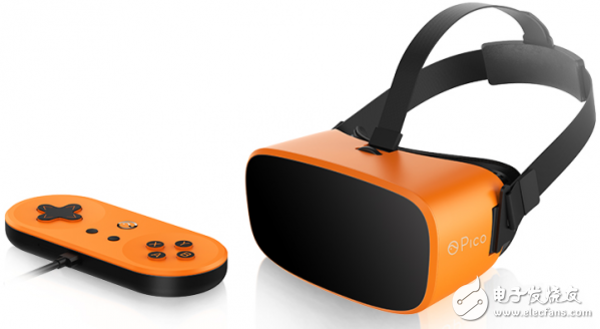
Pico Neo VR headwear with Snapdragon 820
When the "Global VR Technology Standard" was officially launched, three key technical standards for VR products were clearly proposed - below 20ms delay, above 75Hz refresh rate and above 1K gyroscope refresh rate. This is based on VR products that provide consumers with comfort and a good visual experience based on custom standards, and today there are very few VR devices that can implement this standard.
As the world's leading provider of high-speed chip processing and leading wireless technology, Qualcomm's natural VR field is not to be underestimated. Qualcomm's Snapdragon 820 chip is not only used in the world's top smartphones, but also unique in VR products. Where. The overall design of the Snapdragon 820 provides richer visual effects, higher audio clarity and more intuitive device interaction, making the immersive experience more vivid. Qualcomm also released the Snapdragon VR software development kit based on the Snapdragon 820, which includes DSP sensor fusion, moving to display and fast processing. The better the user experience. Qualcomm is constantly striving to minimize the time required between motion changes and helmet displays, and to provide users with a better experience with low latency.
At the GMIC 2016 Global Mobile Internet Conference, Qualcomm once said that “Qualcomm chips use advanced technology and provide very rich ecological support.†It is reported that more than 100 devices are used in Qualcomm Xiaolong 820, whether it is a smartphone, tablet, VR. Virtual reality products, robots, commercial drones, etc.
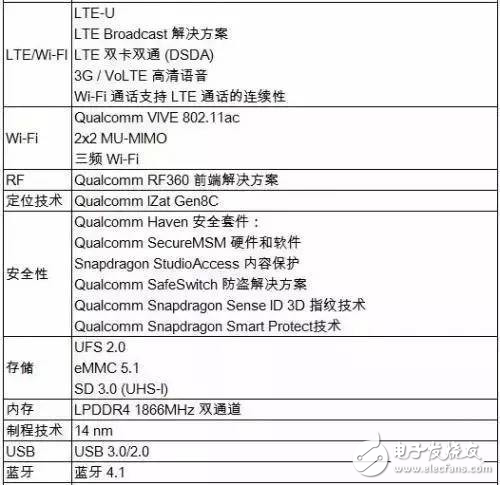
Qualcomm Snapdragon 820 chip specifications
At present, the VR device using this chip has a Pico VR all-in-one machine, and the new product called VR "arbitrary door" announced by Kokusai. Even last September, Qualcomm manufacturers themselves released a VR helmet equipped with the Snapdragon 820, and named the Snapdragon VR820.
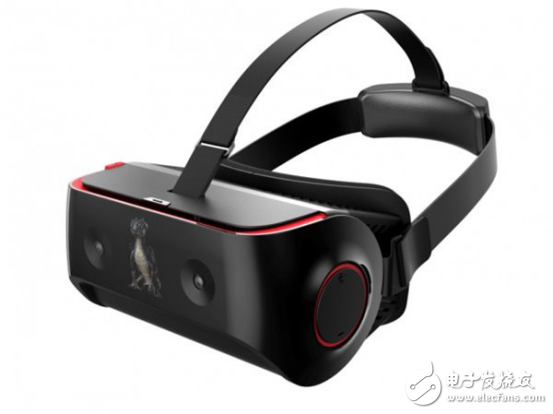
éªé¾™ VR820
It is reported that the Snapdragon VR820 has a built-in position tracking system that can accurately position the head movement without the need to configure an external camera. At the same time, the helmet is completely independent, and the resolution is 1440*1440, which is 1080* than HTC Vive and Oculus Rift. 1200 is much higher, and the refresh rate has reached 70Hz. At the same time, it is also equipped with two built-in cameras, which can track the user's eye movement in real time and support the "from the inside out" tracking ability.
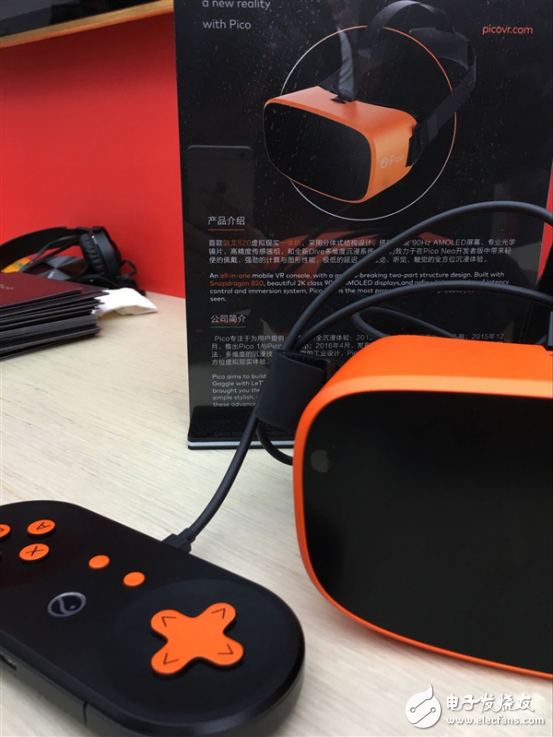
Pico Neo VR device
In contrast, Pico Neo is made by a Chinese startup called Pico, and the VR engineers integrate the processor, chip, and battery into the game controller, and then combine the VR helmet to realize the VR machine.
Compared with the HTC Vive, the Pico Neo is lighter and lighter, and it won't feel hot for a long time. The front panel does not need to be placed in the mobile phone, which reduces the heat generated by the body. In terms of VR experience fluency, the Pico Neo uses the Snapdragon 820 top-of-the-line chip with Adreno 530 GPU high-performance memory and 4GB RAM for high-capacity storage, and its configuration is completely comparable to the flagship phone.
The Pico Neo also comes with a 3.8-inch AMOLED screen with 1080P resolution and a 90Hz refresh rate. The head display can provide a wide field of view of 120 degrees, while also supporting 0-800 degrees of myopia adjustment. The built-in 5000mAh battery can support 3 hours of battery life. The Qualcomm 820's Quickcharge 3.0 fast charging technology can effectively shorten the charging time. The Pico Neo has 32GB of storage and can be expanded with a microSD card.
Pico Neo combines the dual advantages of VR box and PC VR, which is better than the box experience, easier to carry than the PC version VR head, and the game performance and wearing comfort will be a good score.
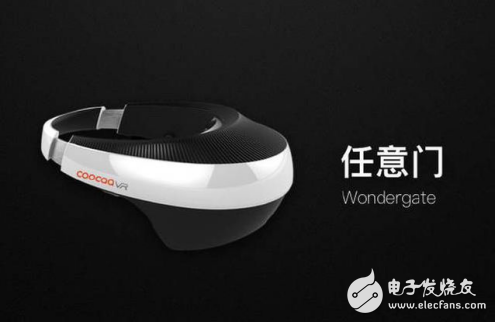
The cool VR "arbitrary door" is said to be inspired by the Japanese classic animation Doraemon version of "Da Xiong's Secret Prop Museum" in the props museum of the future world, is also very domineering side leakage has wood ? !


In mid-2016, MediaTek will release the Helio X30. In terms of specifications, MediaTek Helio X30 will continue to use the 10-core processor (6 A72 + 4 A53) and upgrade its memory from LPDDR3 to Support LPDDR4 and join the high-speed storage standard UFS.
Chip technology, MediaTek Helio X30 based on 10 nanometer process, frequency, X30 with 2 1GHz clock Cortex-A53 + 2 1.5GHz clock Cortex-A53 + 2 2GHz clock Cortex-A72 + 2 2.5 GHz clocked Cortex-A72. The X30 implements a three-cluster architecture and supports Cat10.
The X30 adopts a 10-core three-cluster architecture, which is a unique design that continues the X20. The large core is still A72, and the small core and small core are A53. The performance of the X30 will be more obvious than the X20. The three gear shifts will be more compatible. The medium and large cores will have higher frequency, lower power consumption, and the small core will save more power. It will be better than the X20, which is also an innovative advantage of MTK for purely adopting ARM's standard architecture.
In addition, the X30 supports up to 40 megapixels/24fps, 16 megapixels/60fps, 8 megapixels/120fps video capture and 8GB of memory. The quad-core PowerVR 7XT image processor enables the device with its perfect VR experience.
At the same time, the X30 will also integrate ARM's latest Mali-T880 graphics card. The X30 will also support 2K&TImes; 2K resolution VR virtual reality technology by inserting a mobile phone, positioning high-end smartphones, and fully supporting VR all-in-one.
The X30 chip was officially released in June last year and will be mass-produced in the first quarter of 2017. The new machine will be launched in June. As early as the introduction of the X20 chip in 2015, there were 10 VR customer program designs scheduled for the schedule. I believe that the X30's application performance on the VR head-end display this year should be even better.
Third, Samsung Exynos8890
Samsung officially released the new generation of flagship processor Exynos 8890, 14mm FinFET LPP process, eight core big.LITTLE architecture design, the first use of four self-customized large core (codename "Mongoose" Mongoose) + four Cortex A53 small The core is a semi-autonomous architecture. Compared with the previous generation Exynos 7420, the performance is improved by more than 30%, and the power consumption is reduced by 10%.
The GPU is an absolute highlight. Like the Huawei Kirin 950, the Mali-T880 is selected, but the suffix is ​​"MP12", and 12 cores (16 in total) are opened. The performance is naturally improved. In contrast, the Kirin 950 has only four cores. Compared with the previous generation Mali-T760 GPU, the Mali-T880 has 1.8 times better performance and 40% more energy efficiency. Native 10-bit color difference supports high fidelity 4K display, fully supporting current and next generation APIs. The baseband, like the Snapdragon 820, supports the Cat.12/Cat.13 standard, and the theoretical download speed is increased to 600 Mbps and 150 Mbps is uploaded.
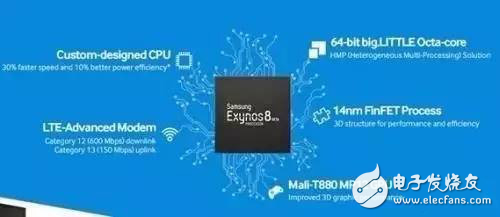
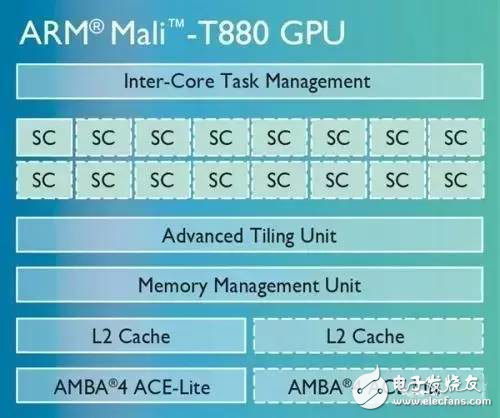
The Exynos 8890 is Samsung's first self-designed GPU architecture chip. It has four Mongoose autonomous architecture cores and four A53 public version architecture cores. Although this is not low, it seems that the performance of the Mali-T880 MP12 is not so good. Normal, basically it is similar to the previous generation Mali-T760 MP12, it may not be optimized.
As for the Exynos 8890 VR product, in August last year, the domestic VR enterprise IDEALENS VR released the world's first K2 Pro equipped with Samsung Exynos 8890 customized VR device. According to Samsung Electronics, “K2 Pro is on the market so farâ€. The best mobile VR experience device, combining the best VR hardware and Samsung's best Soc Exynos series chips!"

Kai Shi Samsung Exynos 8890 custom version K2 Pro
Compared with the Exynos 8890 regular version, the custom version of the Exynos 8890VR chip, the biggest difference is that the GPU and CPU performance have been greatly improved. The 8890VR chip is equipped with the Mali T880 12-core GPU. The overall core frequency is increased from 650MHz to 702MHz. The most important graphics rendering capability of VR devices has been enhanced. In addition, the core frequency of the 8590 VR processor's large core Big CPU is directly overclocked from the highest 2.3 GHz to 2.6 GHz, and the processing power of single tasks is enhanced.

Exynos8890M (Standard Edition) and 8890VR version specifications comparison
While increasing the frequency, in order to reduce power consumption, the 8890VR processor turns the original 4 core + 4 small core architecture into 2 large core + 4 small core architecture, and removes 2 large cores. In a product with more single-task computing scenarios, the reduction in the number of cores does not have much impact. On the contrary, power consumption and cost can be better controlled. In addition, most VR all-in-ones do not need to bundle RF chipsets, that is, support 3G, 4G Internet calls and other functions, so the 8890VR version removes the mobile baseband Model, further reducing power consumption and chip cost.
Sleep headphone is the best headphones for sleeping in the world. It ensures deep sleep without interference and shields external sounds to ensure your sleep.Sleep headphone is designed according to the characteristics of the human body. They are ergonomic and soft enough to ensure the contours of the ears in a variety of sleeping positions to ensure comfort.The soft headband contains a thin, removable speaker that can play any type of music, audiobook, meditation, or radio.
Advantages:
1: Lightweight, washable, hypoallergenic, meets the highest standards for electronics and batteries.
2: Improve sleep, concentration, and protect your hearing.
3: Effectively reduce the environmental noise, still retain the warning sounds such as the alarm sound, and do not mistake the business.
4: Long lifetime.

Sleeping Headset,Sleep Headphone,Wireless Sleep Headphones,Sleep Earphones Wireless
Shenzhen Linx Technology Co., Ltd. , https://www.linxheadphone.com